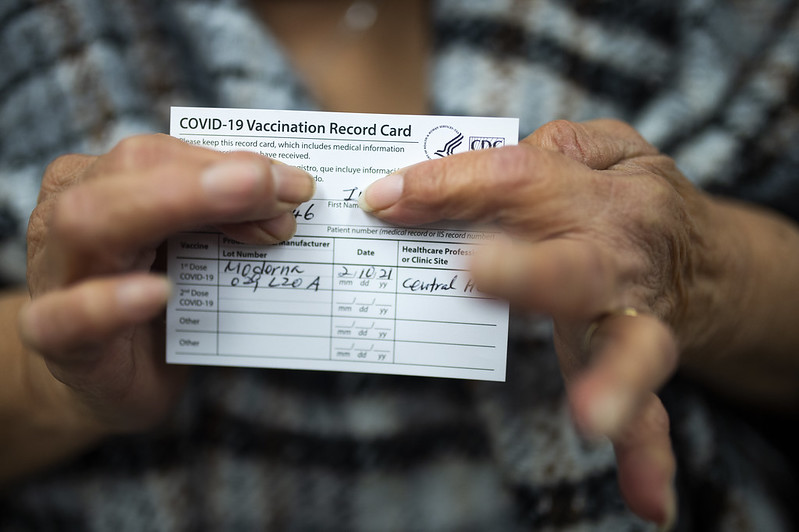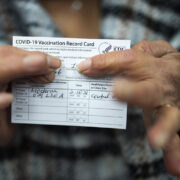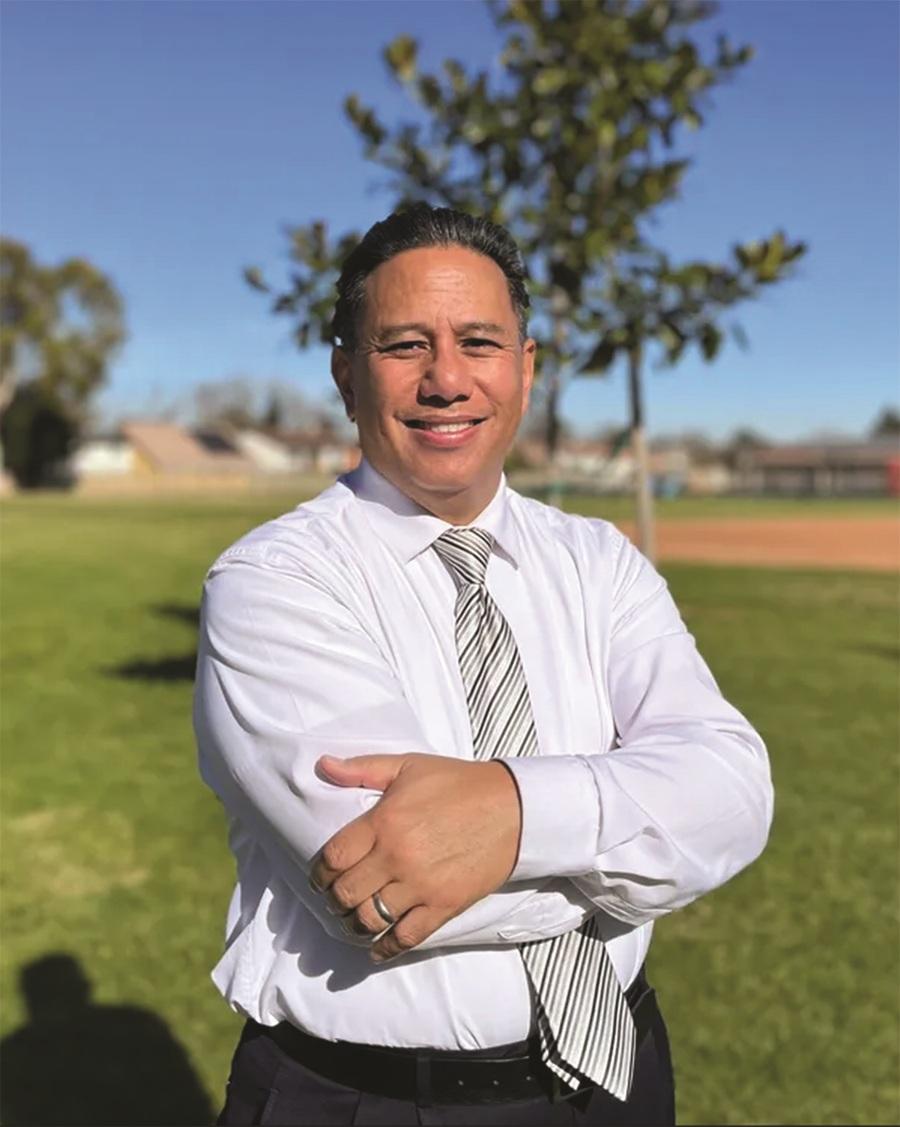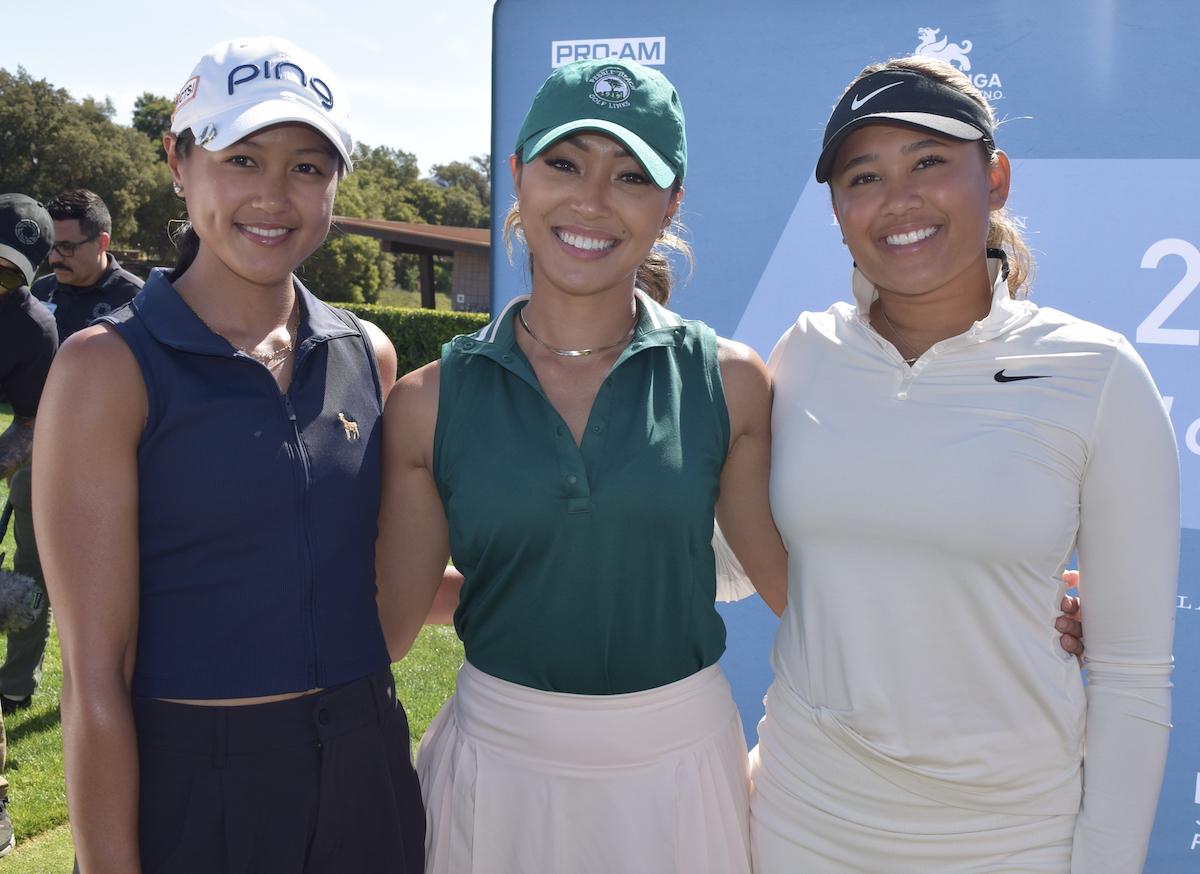
FOR many people in the United States, confirmation of the COVID-19 vaccine late last year was a beacon of hope and a signal for the end of the global nightmare.
But the rollout of both the Pfizer and Modern vaccines has left a lot to be desired, especially in Los Angeles County where cumulative COVID-19 deaths and positive cases have exceeded 20,000 and 1.18 million, respectively, as of Tuesday, Feb. 23.
“The COVID-19 pandemic has shed so much light on the racial and disparities and the inequities of our systems of power that are largely divided along demographic lines,” said Myla Ramirez, a Filipina American nurse at Hollywood Presbyterian Medical Center.
Ramirez told the Asian Journal that there is very little data disaggregation related to who is getting the vaccine. According to the Kaiser Family Foundation, only 23 states in the U.S. share disaggregated vaccination data categorized by race, which, according to Ramirez, tells “us almost nothing” about which specific Asian and Pacific Islander (API) communities are actually getting vaccinated.
“How many Filipinos are being vaccinated? Are Filipinos willing to get vaccinated? What about the other communities that fit under the Asian Pacific Islander umbrella, many members of which don’t speak English?” Ramirez pondered.
The language barriers, specifically, make it difficult for many patients — from both the massive Spanish-speaking communities and API, a community that consists of more than 50 unique languages — to receive health care in general, and COVID-19 assistance and treatment, specifically.
Adam Carbullido, director of policy and advocacy at the Association of Asian Pacific Community Health Organizations (AAPCHO), said during a Feb. 12 press briefing with ethnic news outlets that Congress should priority and implement more funding and resources for community-based organizations, which have largely been “in the frontline providing care and services when government and private institutions have fallen short.”
Carbullido said, “These clinics need more interpreters and materials translated into different languages. It is important to have providers on hand who can speak the patient’s language of choice.”
Referencing the recent spike in anti-Asian assaults and violence throughout the country, Carbullido acknowledged the fact that APIs are not as likely as other ethnic minorities to seek out mental health services.
Along with the generations-long stigma of mental health care among the API community, the lack of resources available to certain ethnic communities does nothing to help the community-wide emotional toil that the API community at large has endured throughout the pandemic.
“Patients report fear of seeking health and the care they need,” Carbullido added. “It is a true emotional trauma in Asian American communities and the mental health consequences will have long-standing complications for health.”
The Kaiser Family Foundation vaccine monitor shared last week that there is a pattern of Black and Hispanic people getting vaccinated at low rates across the country. In Delaware, where Black individuals comprised 24% of the infections, the Black community comprises only 6% of all vaccinations.
Among the Latino community, only 6% have been vaccinated in Colorado despite infection rates exceeding 37% as of Tuesday; in Oregon, only 6% have been vaccinated with a steady 35% infection rate and in Texas, which is experiencing statewide panic over power outages and freezing temperatures, only 16% have received vaccinations even though Latinos comprise of almost half the state’s infections.
“This needs to be immediately corrected. We need a gigantic digital patient engagement project,” Dr. Daniel Turner-Lloveras, MD said during the Feb. 12 briefing. “If we are to measure and quantify the disparity, it is very difficult to find a solution [in vaccine distribution].”
As of mid-February, LA County has administered 1,676,900 doses of the COVID vaccine. Of that figure, 19.1% of Asian residents have received at least 1 dose of the vaccine. (Klarize Medenilla/AJPress)






